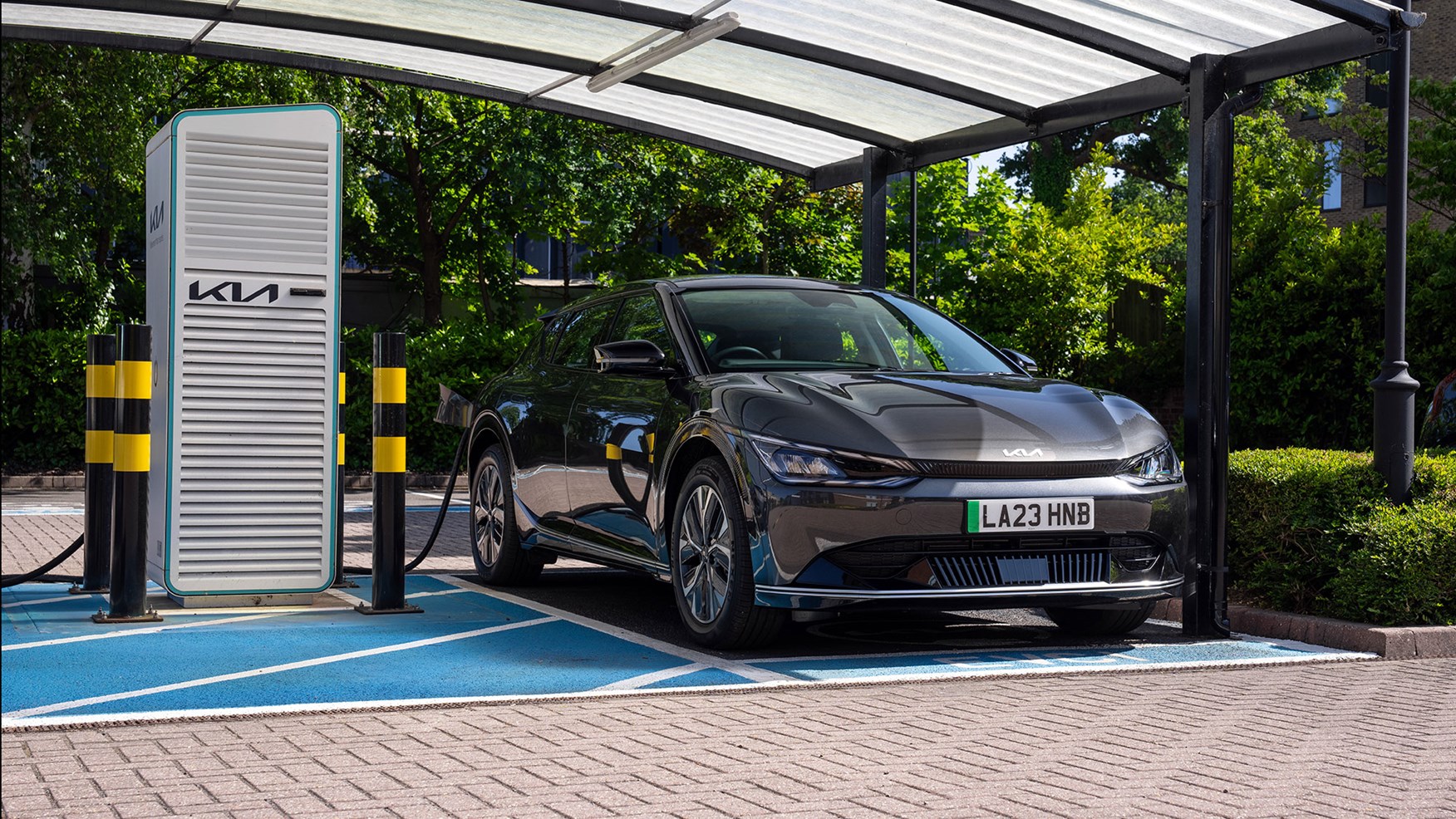How to Charge a Kia Electric Car: Essential Charging Tips
Kia electric cars are becoming increasingly popular due to their eco-friendly nature and cost-effective operation. One of the key considerations for individuals considering purchasing an electric car is the charging process. Charging an electric car is a simple and convenient process, and Kia offers several options for charging their electric vehicles.

Credit: www.carmagazine.co.uk
Charging Options for Kia Electric Cars
When it comes to charging a Kia electric car, there are multiple options available to suit different lifestyles and driving habits. Kia offers three primary methods of charging its electric vehicles:
- Standard Charging: This involves using a standard electrical outlet to charge the car. While this method is the slowest, it is convenient for overnight charging at home.
- Home Charging Station: Installing a home charging station can significantly reduce charging time compared to a standard electrical outlet.
- Public Charging Stations: Various public charging stations are available at shopping centers, parking garages, and public facilities, allowing Kia electric car owners to top up their vehicle’s battery while out and about.
Charging Steps for Kia Electric Cars
Charging a Kia electric car is a straightforward process that involves a few simple steps. Here’s a guide to charging your Kia electric car:
Step 1: Check The Battery Level
Before starting the charging process, it’s essential to check the current battery level of the Kia electric car. This can be done by accessing the vehicle’s dashboard or mobile app to view the remaining charge.
Step 2: Choose The Charging Method
Depending on the driver’s location and the available charging options, they can decide whether to plug the car into a standard electrical outlet, home charging station, or public charging station. Each method offers different charging speeds, so the driver can choose the most convenient option based on their needs.
Step 3: Connect The Charger
Once the charging method is selected, the driver can proceed to connect the charger to the Kia electric car. For standard and home charging, the charging cable will need to be plugged into the car’s charging port. In the case of public charging stations, the driver will need to follow the specific instructions provided at the station.
Step 4: Monitor The Charging Process
While the car is charging, the driver can monitor the progress either through the vehicle’s display screen or the connected mobile app. It’s important to keep an eye on the charging status to ensure the car reaches the desired battery level.
Step 5: Disconnect The Charger
Once the car has reached the required battery level, the driver can safely disconnect the charger from the vehicle. For public charging stations, the driver will follow the station’s instructions for ending the charging session.
Tips for Efficient Charging
To maximize the efficiency of charging a Kia electric car, consider the following tips:
- Charge at Off-Peak Times: Electricity rates are often lower during off-peak hours. Charging the car during these times can result in cost savings for the owner.
- Maintain a Regular Charging Schedule: Establishing a regular charging routine can help ensure that the car is consistently charged and ready for use.
- Utilize Eco-Friendly Energy Sources: Where possible, consider utilizing renewable energy sources such as solar power to charge the Kia electric car, further reducing its environmental impact.
Conclusion
Charging a Kia electric car is a straightforward process that can be customized to suit individual preferences and lifestyle. By understanding the charging options available and following the simple steps for charging, Kia electric car owners can enjoy the convenience and sustainability of electric vehicle ownership.

